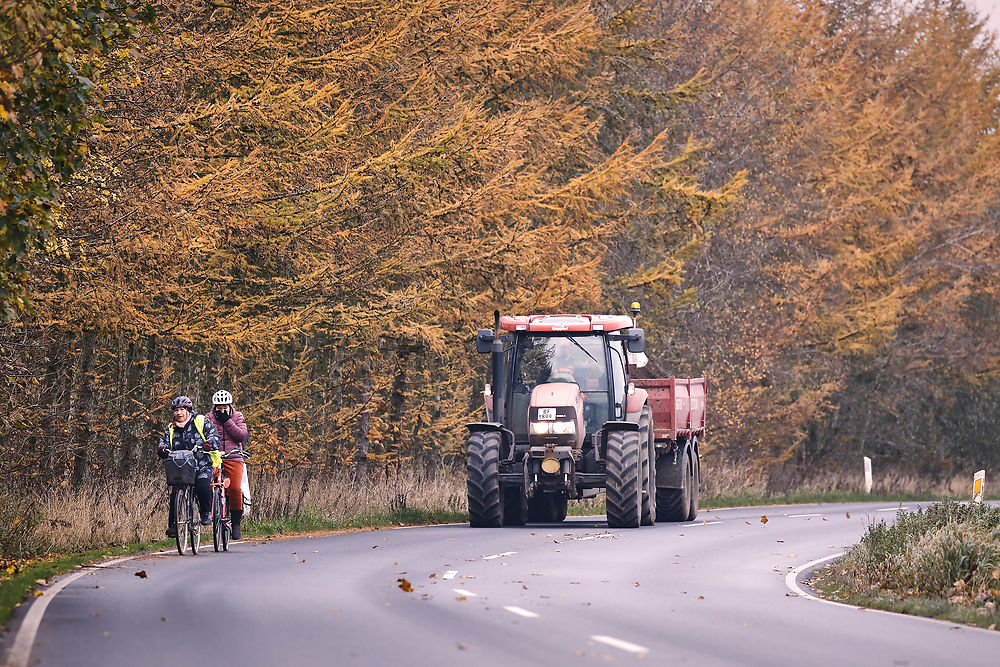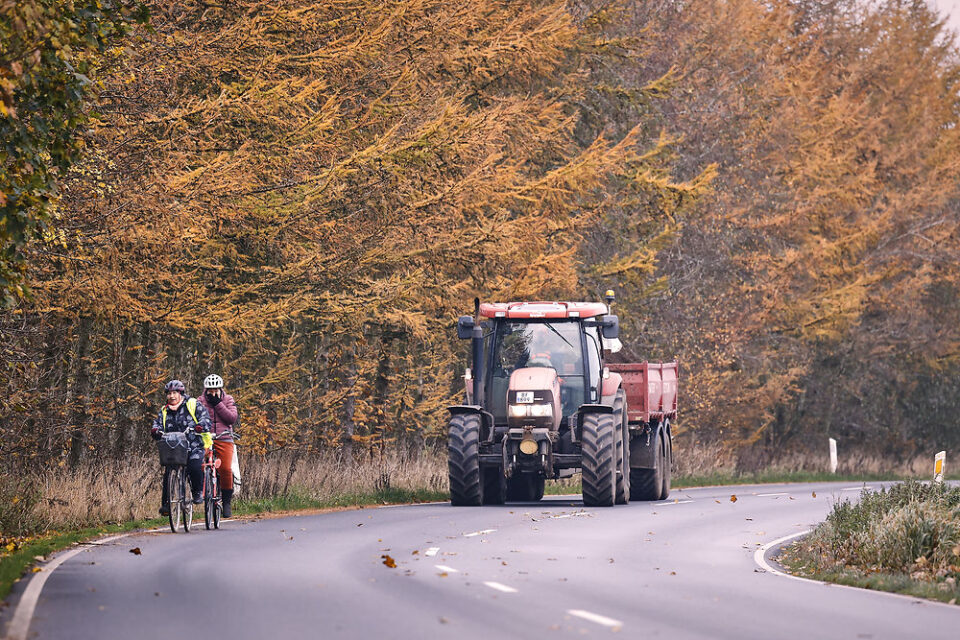
The restrictions were put in place after a mutated form of coronavirus found in mink and later passed back to humans was detected at mink fur farms in the region.
The government decided at the same time to destroy every fur far mink in Denmark, amounting to up to 17 million animals.
On Monday November 9th, traffic in and out of the seven affected municipalities was 44 percent lower than 7 days previously, before the restrictions were in place.
The seven local areas encompassed by the restrictions are Thisted, Læsø, Frederikshavn, Vesthimmerland, Jammerbugt, Brønderslev and Hjørring.
Government to extend deadline for mink culling
Specifically, authorities asked residents in the areas to only cross municipal borders on essential business.
Users of public transport were prevented from crossing borders between municipalities: bus passengers – apart from those going to school – were asked to leave buses before they crossed borders and trains to regional capital Aalborg were suspended.
Restrictions on movement between the municipalities have been eased as of Monday, but residents still do not have normal access to Aalborg, which is not in the affected zone, and cannot travel to other parts of Denmark.
The range in impact of the measures varied from 49 percent in Læsø Municipality to 39 percent in Vesthimmerland.
The figures were calculated based on data from users of mobile telephone network 3, Ritzau writes.
The telecommunications company states that the data is anonymous and cannot be linked to individuals.
by: thelocal.dk



